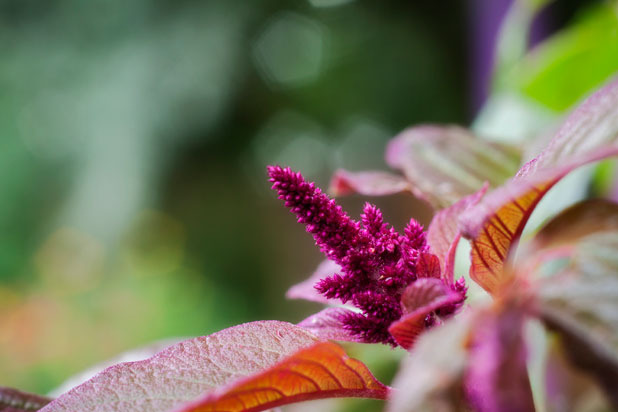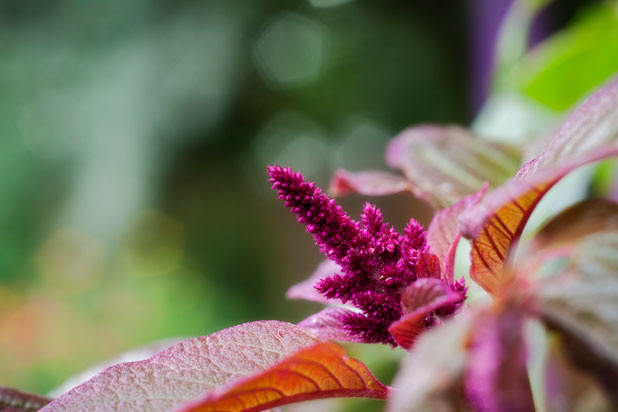10 Plants You Can Eat To Survive In The Wild
Ever watched those shows where ordinary people are unexpectedly stranded in the wild and have to survive by their bare wits and by living off nature? Notice how some poor guy always runs into trouble when he eats a plant he thinks is safe but is actually highly poisonous? Clearly his survival instinct weren't up to scratch. Think you could do a better job?
Click here to see the 10 Plants You Can Eat to Survive in the Wild (Slideshow)
No matter where you are in the world knowing what plants are edible and which ones could kill you is a critical survival skill. You never know when you may be stranded in the woods, washed up on a deserted island, or even have to fend for yourself when the zombie apocalypse strikes (hey, it could happen). There are some important facts about plants to know which end up keeping you alive by swallowing a few bitter stalks: like knowing the difference between plants that look good but are actually poisonous, which plants that look and smell awful but are really delicious and nutritious, and what plants smell bad, and taste worse, but may really have enough nutrients to keep you going.
Unless you've spent time picking up nifty survival tricks in the army, or were a Boy Scout (or Girl Scout), chances are you probably don't know some of the tricks to finding edible plants. The first things to know are the warning signs that a plant is poisonous: plants with leaves that grow in a pattern of threes, seed or bulbs that are found inside pods, a bitter or soapy taste, sap that is milky or strangely discolored, grain head that have spikes, hooks, or spurs, and a kind of bitter "almond" smell to the leaves or bark. These are all signs that you shouldn't be eating it.
You can also apply the Universal Edibility Test to the sprout you're considering consuming. You can also keep your eyes peeled for these useful plants which are definitely edible and should be sure to help you survive in the wild.
Amaranth
Amaranth is a weed that looks a lot like pigweed, and is a tall, upright, broad-leafed plant that grows all-year round. It comes in all sizes, shapes, and colors. The leaves can be round or lance-shaped, measure from five to fifteen centimeters long, and have a light green, dark green, reddish, or variegated color. The seeds maybe white, yellow, pink or black and the flowers can be huge tassels or tiny globes, with a red, pink, yellow or cream color.
Amaranth is kind of leafy vegetable and grain that's actually been eaten for centuries all over the world. Amaranth seeds have been used since ancient times in Central and Latin America and in the countries of the Himalayas, and the leaves are used across Asia. Most green-leaved varieties are popular in India and other places. The Chinese prefer their amaranth red-leaved and amaranth grain once was a staple in the diets of pre-Columbian Aztecs.
Amaranth seeds, in particular, have a much higher content of the minerals calcium, magnesium, iron and of the amino acid Lysine. It's actually much higher in nutrients than beets, Swiss chard and spinach. Also, amaranth leaves contain three times more calcium and three times more niacin (vitamin B3) than spinach leaves.
Burdock
Burdock is mostly considered a stout, common weed with annoying burrs that stick to animal fur and clothing. This plant grows relatively tall therefore having deep roots which are brownish green, or nearly black on the outside. It has a basal rosette of leaves that stays close to the ground the first year and the beginning of the second — these can grow up to a meter wide.
Burdock is an interesting biennial plant because it consists primarily of carbohydrates, volatile oils, plant sterols, tannins, and fatty oils. Researchers aren't sure which active ingredients in burdock root are responsible for its healing properties, but this plant may have anti-inflammatory and antibacterial effects. In fact, recent studies show that burdock contains phenolic acids, quercetin and luteolin, which are all are powerful antioxidants.
Read on for more about the Plants You Can Eat to Survive in the Wild
Serusha Govender is The Daily Meal's Travel Editor. Follow her on Twitter @SerushaGovender

